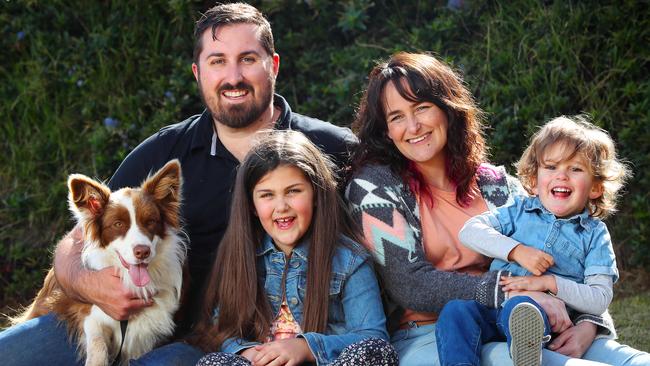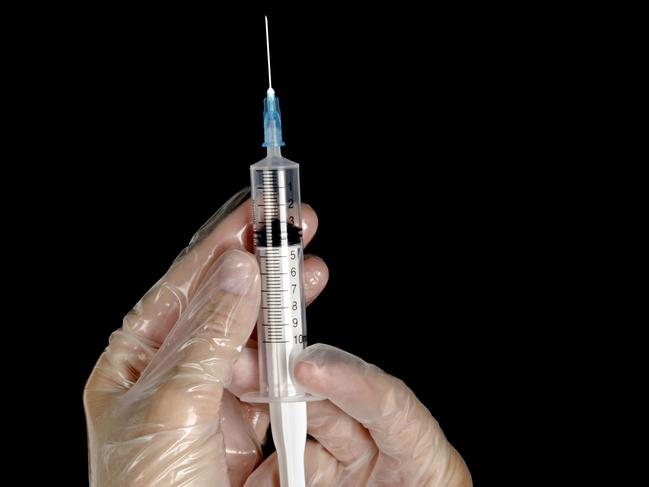New super syringe to improve quality sperm selection in costly IVF process
A new world-first technology is set to streamline sperm collection, making costly fertility treatment more affordable and effective by up to 65 per cent.

Victoria
Don't miss out on the headlines from Victoria. Followed categories will be added to My News.
A new super syringe can separate good quality sperm from their slower counterparts in less than 15 minutes, giving new hope to one in six Australian couples experiencing infertility issues.
The world-first technology is set to streamline sperm selection process and make fertility treatment more efficient and affordable while increasing swimmer selection quality by 65 per cent.
The innovative syringe, developed by Bio-engineering researchers from Monash University, uses a 3D filter to detect viable swimmers which are sourced from 1.5 millilitres of semen that passes through a network of 560 tiny cylinders within the syringe.

Quality sperm will make its way into the selection chamber for collection while non-viable swimmers are left behind.
The IVF breakthrough has been regarded as the biggest innovation in the sperm selection process in three decades.
Dr Resa Nosrati, from Monash’s Department of Mechanical and Aerospace Engineering, said the motivation to improve current treatment success rates, which stagnated at 35 per cent per cycle, inspired the syringe.
“When we look at existing practice in fertility clinics to select sperm prior to any kind of IVF treatment, they’re quite old and traditional approaches,” he said.

“We wanted to create a structure, which is simple in operation, not too complicated to be used by clinicians and at the same time, improve the quality of cells they’re selecting … that all come together to develop this dispenser and technology.”
The plastic syringe can easily be reproduced on a mass scale, with the hope that in another three to five years it will bring cheaper fertility solutions to 180 million people affected by infertility worldwide.
“This technology can help to standardise and streamline the sperm selection process,” Dr Nosrati said.
IVF helped Bacchus Marsh couple Samantha Wilkinson and her husband Tom conceive their two children Piper, 7 and Corbin, 1.
After experiencing an ectopic pregnancy, Mrs Wilkinson’s only chance of falling pregnant was through years of expensive treatment.
While the couple had more success with their first pregnancy, the second pregnancy resulted in the pair losing eight out of ten embryos.
“With every fail it’s like losing a pregnancy … and every single (embryo) was failing so there was even more heartbreak,” Mrs Wilkinson said.
Corbin was conceived after 18 months of further tests and treatment, however the mother-of-two said new innovative technology like Monash’s syringe could prevent others from experiencing the same situation.
“In my situation, (the syringe) may have reduced the amount of embryos we watched fail so hopefully it will increase the number of embryos that survive,” she said.
“The money saving will also allow so many people to get IVF and having a better chance at falling pregnant will be a relief for so many couples who want to have children.”
The research, which was published in Advanced Materials Technologies, was led by PhD candidate Farin Yazdan Parast under the supervision of Dr Nosrati and Professor Moira O’Bryan.
While further clinical testing is in the works, the sperm syringe has been patented with the hope that it can one day be commercialised for fertility clinic use.
rebecca.borg@news.com.au




